A new documentary highlights the challenges overcome by the experimental aircraft, Solar Impulse.


A new documentary highlights the challenges overcome by the experimental aircraft, Solar Impulse.

A new UO study confirms what earth scientists have long suspected: Plants first appeared on land about 460 million years ago, in the middle of a 45-million-year-long geologic period known as the Ordovician.
Authored by geologist Greg Retallack and published in the international journal The Palaeobotanist, the study describes a series of plant impressions in an Ordovician rock deposit from Douglas Dam in Tennessee. While previous studies have revealed fossil evidence of invertebrate animals in the deposit, Retallack’s is the first to identify whole fossil plants, including mosses, liverworts and lichens.
Retallack, director of the Condon Fossil Collection at the Museum of Natural and Cultural History, said those whole-plant impressions offer a key support to Ordovician land plant theories.

In the distant past, there was a proverbial “digital divide” that bifurcated workers into those who knew how to use computers and those who didn’t.[1] Young Gen Xers and their later millennial companions grew up with Power Macs and Wintel boxes, and that experience made them native users on how to make these technologies do productive work. Older generations were going to be wiped out by younger workers who were more adaptable to the needs of the modern digital economy, upending our routine notion that professional experience equals value.
Of course, that was just a narrative. Facility with using computers was determined by the ability to turn it on and log in, a bar so low that it can be shocking to the modern reader to think that a “divide” existed at all. Software engineering, computer science and statistics remained quite unpopular compared to other academic programs, even in universities, let alone in primary through secondary schools. Most Gen Xers and millennials never learned to code, or frankly, even to make a pivot table or calculate basic statistical averages.
There’s a sociological change underway though, and it’s going to make the first divide look quaint in hindsight.

Angelika Amon, professor of biology and a member of the Koch Institute for Integrative Cancer Research, died on Oct. 29 at age 53, following a two-and-a-half-year battle with ovarian cancer.
“Known for her piercing scientific insight and infectious enthusiasm for the deepest questions of science, Professor Amon built an extraordinary career – and in the process, a devoted community of colleagues, students and friends,” MIT President L. Rafael Reif wrote in a letter to the MIT community.
“Angelika was a force of nature and a highly valued member of our community,” reflects Tyler Jacks, the David H. Koch Professor of Biology at MIT and director of the Koch Institute. “Her intellect and wit were equally sharp, and she brought unmatched passion to everything she did. Through her groundbreaking research, her mentorship of so many, her teaching, and a host of other contributions, Angelika has made an incredible impact on the world — one that will last long into the future.”

Three actions policymakers and business leaders can take today.
New developments in AI could spur a massive democratization of access to services and work opportunities, improving the lives of millions of people around the world and creating new commercial opportunities for businesses. Yet they also raise the specter of potential new social divides and biases, sparking a public backlash and regulatory risk for businesses. For the U.S. and other advanced economies, which are increasingly fractured along income, racial, gender, and regional lines, these questions of equality are taking on a new urgency. Will advances in AI usher in an era of greater inclusiveness, increased fairness, and widening access to healthcare, education, and other public services? Or will they instead lead to new inequalities, new biases, and new exclusions?
Three frontier developments stand out in terms of both their promised rewards and their potential risks to equality. These are human augmentation, sensory AI, and geographic AI.
Human Augmentation
Variously described as biohacking or Human 2.0, human augmentation technologies have the potential to enhance human performance for good or ill.
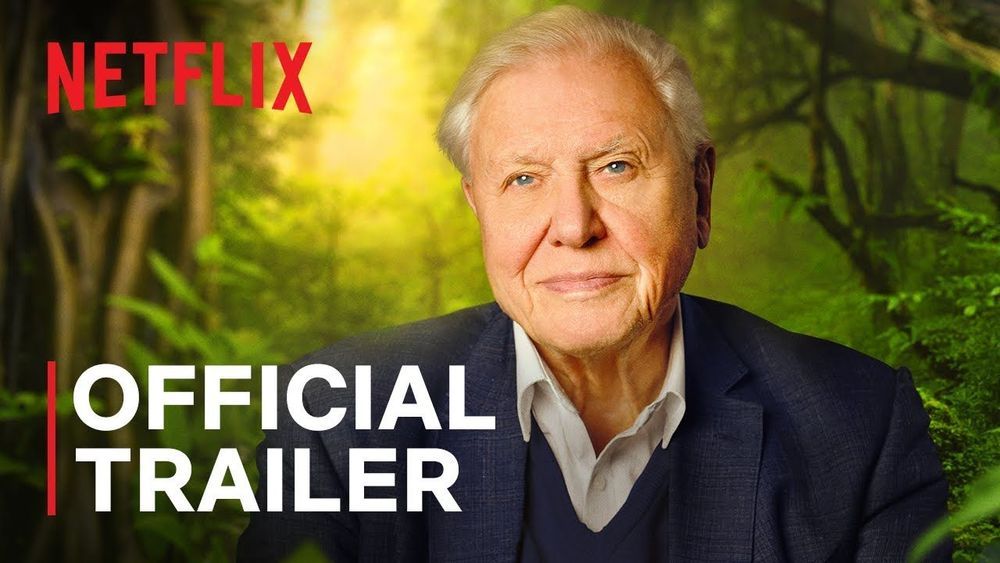
This is probably the only time, that I’ll be sharing a netflix trailer in this group. The documentary is worth watching, especially the outlook at the end.
In this unique feature documentary, titled David Attenborough: A Life On Our Planet, the celebrated naturalist reflects upon both the defining moments of his lifetime and the devastating changes he has seen. Coming to Netflix October 4 2020, the film addresses some of the biggest challenges facing life on our planet, providing a snapshot of global nature loss in a single lifetime. With it comes a powerful message of hope for future generations as Attenborough reveals the solutions to help save our planet from disaster.
SUBSCRIBE: http://bit.ly/29qBUt7
About Netflix:
Netflix is the world’s leading streaming entertainment service with 193 million paid memberships in over 190 countries enjoying TV series, documentaries and feature films across a wide variety of genres and languages. Members can watch as much as they want, anytime, anywhere, on any internet-connected screen. Members can play, pause and resume watching, all without commercials or commitments.
David Attenborough: A Life on Our Planet | Official Trailer | Netflix
https://youtube.com/Netflix
A broadcaster recounts his life, and the evolutionary history of life on Earth, to grieve the loss of wild places and offer a vision for the future.
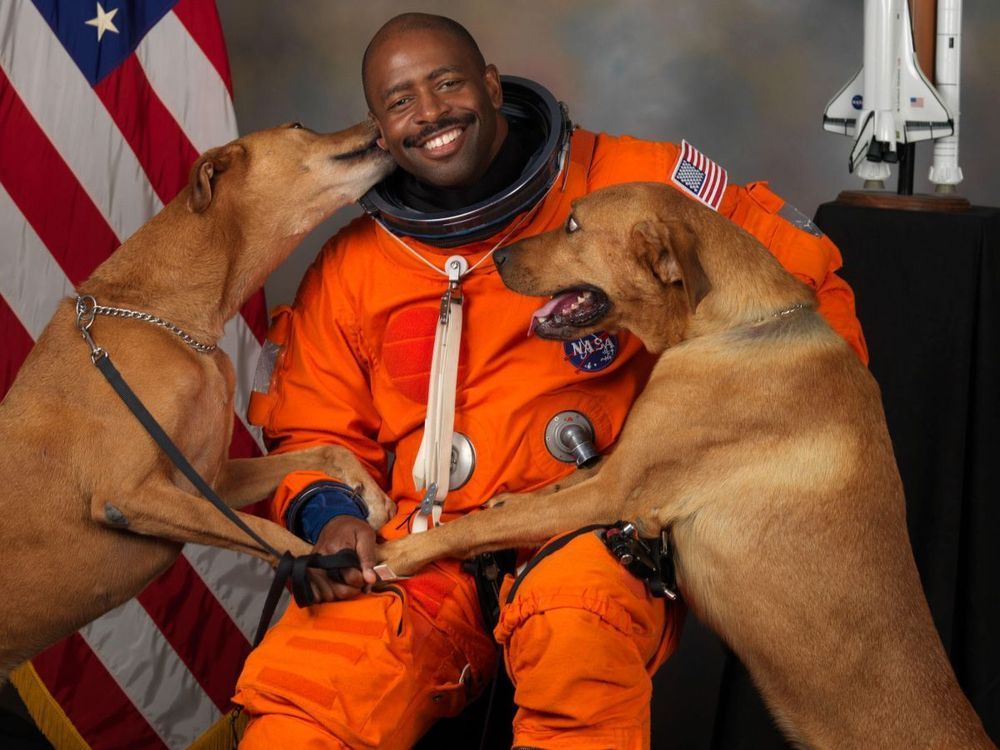

Negotiations are a central part of many human interactions, ranging from business discussions and legal proceedings to conversations with vendors at local markets. Researchers specialized in economics, psychology, and more recently, computer science have conducted several studies aimed at better understanding how humans negotiate with one another in the hope of shedding light on some of the dynamics of human decision-making and enabling the development of machines that can replicate these dynamics.
A research team at the University of Southern California has been exploring the possibility of building automated systems that can negotiate with humans. In a paper pre-published on arXiv and set to be presented at the IJCAI conference, they presented a virtual agent based on a framework called IAGO (Interactive Arbitration Guide Online), which can negotiate with humans in a three-round negotiation task. This virtual agent, called Pilot, is one of the finalists of the IJCAI conference’s global negotiation challenge (ANAC).
“Recently, researchers realized the potential applications of building automated systems that can negotiate with humans,” Kushal Chawla, one of the researchers who carried out the study, told TechXplore. “These intelligent assistants can be really useful to augment current techniques for training people to have stronger social skills. Examples include teaching business students to negotiate for successful deals or lawyers to accurately assess settlement rates in legal proceedings.”
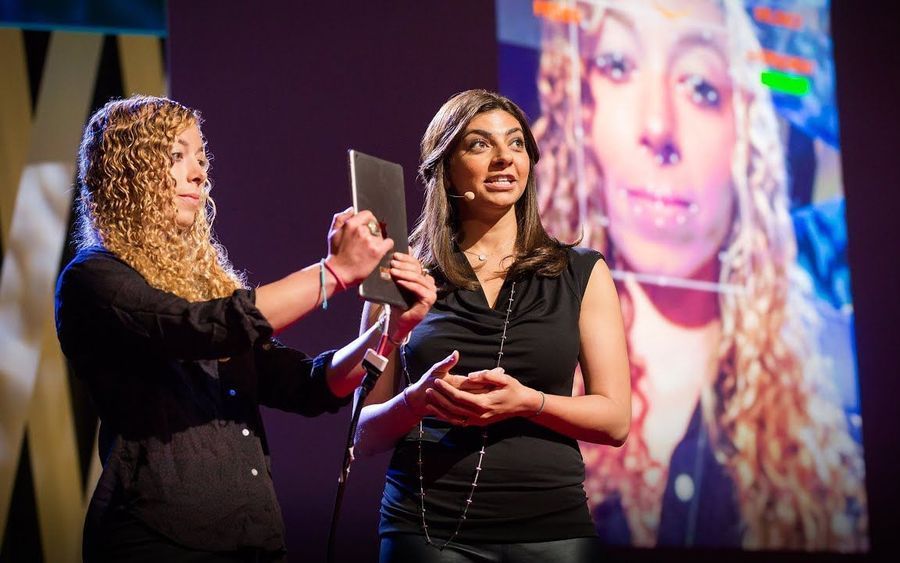
Except someone—or, rather, something— can hear: your car. Hearing your angry words, aggressive tone, and raised voice, and seeing your furrowed brow, the onboard computer goes into “soothe” mode, as it’s been programmed to do when it detects that you’re angry. It plays relaxing music at just the right volume, releases a puff of light lavender-scented essential oil, and maybe even says some meditative quotes to calm you down.
What do you think—creepy? Helpful? Awesome? Weird? Would you actually calm down, or get even more angry that a car is telling you what to do?
Scenarios like this (maybe without the lavender oil part) may not be imaginary for much longer, especially if companies working to integrate emotion-reading artificial intelligence into new cars have their way. And it wouldn’t just be a matter of your car soothing you when you’re upset—depending what sort of regulations are enacted, the car’s sensors, camera, and microphone could collect all kinds of data about you and sell it to third parties.
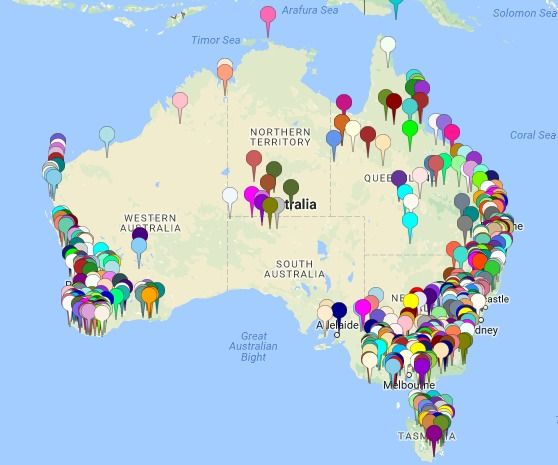
In 2016, I proposed LEO HTS Mega Constellation a viable solution for Australia’s broadband national coverage. I have been doing research on these constellations right from the beginning and they are inevitable!
Introduction
Utilizing the announced Lower Earth Orbit (LEO) satellites constellations of OneWeb, SpaceX, LeoSat & Samsung to provide high speed connectivity to entire Australian continent with performance better than fiber networks. This project can eliminate high cost NBN roll out to scattered populations and will considerably improve disaster management. Providing high speed connectivity for mobile communication, internet, high resolution TV broadcast as well as utilizing technologies like IoT & Cloud for improvement in security, education, health, agriculture, livestock farming, mineral resources, wildlife, and environment without any coverage black-spots. This network will not require any infrastructure installations and will help the Government to generate revenues by issuing spectrum licenses to local as well as foreign investors for providing services directly to the end user.
2011 Census
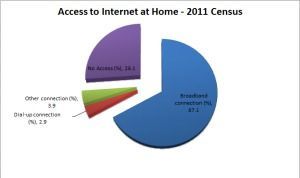
Source: Regional Statistics by ASGS, 2010–2014.